With scholar Vuong Hong Sen in his unpublished posthumous work To Man hoa tung dinh, he devoted many pages to writing about this event. First of all, based on the documents of the historian in Go Cong, Viet Cuc, he reported and commented accurately, very attractively. However, that is still not "unique", the most notable, for us, is still what no one has mentioned for a long time: The story of scholar Vuong Hong Sen's mother.
The old lady named Hua Thi Hao (1878 - 1913), originally from Tai Sum village, also known as Xoai Ca Na village in Soc Trang, is the person that Mr. Sen always remembers with the most passionate love. He said: "When my mother passed away, the business in the house that was flourishing suddenly stagnated, the house was empty of people to manage, extremely sad. I was passionate about Chinese novels, and had the unrealistic idea of committing suicide to follow my mother. The vague sadness arose from here."
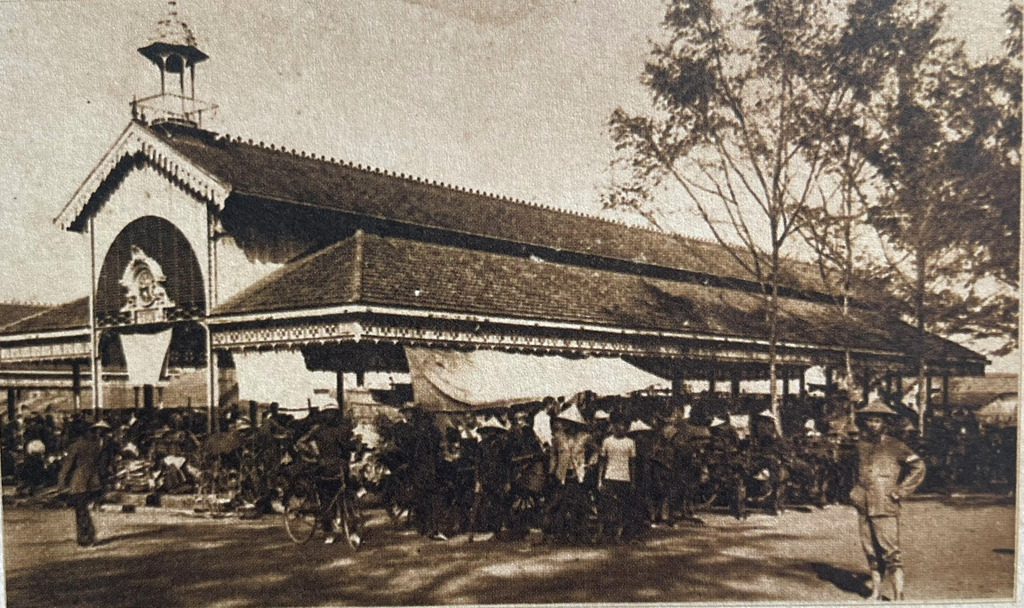
Old Go Cong Market
QUYNH TRAN took a photo from the photo book Southern Vietnam
When the 1904 flood devastated the entire South, Mr. Sen's mother was 26 years old. What she witnessed, when mother and son were happy together, she told her son. In this posthumous work, Mr. Sen recorded a lot of information, which we think we need to know today to see the thoughts of the people of the South at that time before the great disaster of heaven and earth's anger, for example: "The tail of the Giap Thin dragon (1904) from Go Cong swept along the coastal region of Nam Ky, the provinces of Tien Giang from My Tho to Hau Giang (Soc Trang, Bac Lieu, Ca Mau...) were all affected, the old man and woman at that time were simple, believed a lot in Chinese stories and old-style arguments, believed that there really was a dragon, every year with the word "thin" had heavy rain and strong winds, only this Giap Thin year (1904) was the most disastrous. Storms and hurricanes were called "dragon going", "dragon rising"...".
Following the inspiration of the story, Mr. Vuong Hong Sen continued: "That year, I was just three years old, I didn't know anything, thanks to my mother who later told me that the storm lasted all night, the wind blew strongly, the rain blew heavily, lying in the mosquito net, it sounded like a loud gun went off. The most frightening thing was that the wind did not blow in one direction but back and forth, no matter how big the trees were, they could not withstand the storm, the tamarind row in front of my parents' old house was uprooted, the tamarind tree in front of the house, the trunk was so big that it could be hugged, fell on the roof, luckily the house was newly built, the roof was sturdy so it could bear the weight of the tamarind tree. In the morning, the art department sent someone skilled to cut each branch and had a car carry the tamarind stump away, the avenue in front of the house, the old name was called "tamarind row" later changed to "star row street" and then "Dai Ngai street".
That's the story in Dai Ngai village (Soc Trang), what about Go Cong?
Based on Viet Cuc's documents, Mr. Sen recounted the story of an old man who witnessed it: "On the fifteenth day of the third lunar month, it rained and was windy from noon to afternoon, the rain and wind became heavier and stronger... My father felt the wind from the East was very strong, hitting the wall and breaking the door, the thatched roof was flying, my father was very scared, he took a board from the board to prop up the door, tied it very carefully but the wind kept blowing, at first it broke the wall, the house pillars were crooked, then a whirlwind came, blew away half the roof, the other half collapsed and crushed the rice barn. In the panic, he heard many loud screams from the head of the village: "The water is overflowing! Oh my God! Which way to run?".
The entire horrific events that followed were recounted in detail on many pages, here I will only quote the following day: "On the afternoon of the 16th, the survivors and the group went to look for their relatives. The water level was still knee-deep, human and animal corpses were floating, furniture was lying haphazardly in the fields, in the crowded hamlets, now only a few pillars remained...
On the morning of the 17th, the water had receded a lot, people went everywhere to search for dead bodies, to find wives, children, relatives, parents, brothers. Some families were all dead, not a single person was left. Bodies were scattered everywhere. It was not until the 19th that they organized to bury the bodies, burying them wherever they found them. There is a poem like this, I will copy it here:
Let's all kill each other
Bury wherever you find it, no one will carry it.
The body is buried in the dead and never rests in peace.
Where do the survivors get rice and money to eat?
Returning to the story told by Mr. Sen's mother, we know that his childhood house was on Dai Ngai Street, now Hai Ba Trung Street. Mr. Sen said that at the beginning of the 20th century: "This road runs straight to Dai Ngai estuary, there is a "water hyacinth" pier from My Tho to deliver official documents and letters called "poetry stations" from the state from Saigon and other places. Now the nouns "glass car, paper car", the driver is called xa ich (from the French word sais borrowed from the Arabs, donkey driver, horse cart driver), the younger generation and the new people, do not understand what they mean, and need to know to read the old literature and old novels in here".
Mr. Sen is right, the Southern people's words about the flood of 1904, with us there are words that we probably do not understand now. For example, at that time: "When dead, must be buried immediately, the common saying is "Die immediately, bury immediately". There is a saying:
March is a stormy month
The month of death is no less exciting.
Because relatives were not allowed to hold funerals to show filial piety, there were such complaints... Nowadays, in Go Cong, the custom of the third lunar month is still kept, on the 16th day of the third lunar month there is a death anniversary, and in May, there are still people who avoid eating rice and die (according to Viet Cuc).
So, how do we understand it correctly?
According to Mr. Sen: "Searching in the Huynh Tinh Cua dictionary, Le Van Duc dictionary as well as in the dictionary of the Khai Tri Tien Duc Association ( Hanoi ), I cannot find the word "nhon" to talk about death. So I would like to suggest adding this meaning to our language, to make it richer. Generally speaking, when it comes to illness, we have always been accustomed to abstaining. For example, when we have smallpox, we use the mild nouns "len trai" and "trai toi" which are mild. When we die, we call it "died", "da go"... As for epidemics, natural diseases (peste, cholera), to avoid the word "ngay tay" which sounds too scary, here we use the word "chet nhon" with the meaning "contrary to the symptoms, unusual". I hope the wise men will approve." (to be continued).
Source link


![[Photo] Prime Minister Pham Minh Chinh meets with Speaker of the Hungarian National Assembly Kover Laszlo](https://vphoto.vietnam.vn/thumb/1200x675/vietnam/resource/IMAGE/2025/10/20/1760970413415_dsc-8111-jpg.webp)
![[Photo] National Assembly Chairman Tran Thanh Man holds talks with Hungarian National Assembly Chairman Kover Laszlo](https://vphoto.vietnam.vn/thumb/1200x675/vietnam/resource/IMAGE/2025/10/20/1760952711347_ndo_br_bnd-1603-jpg.webp)
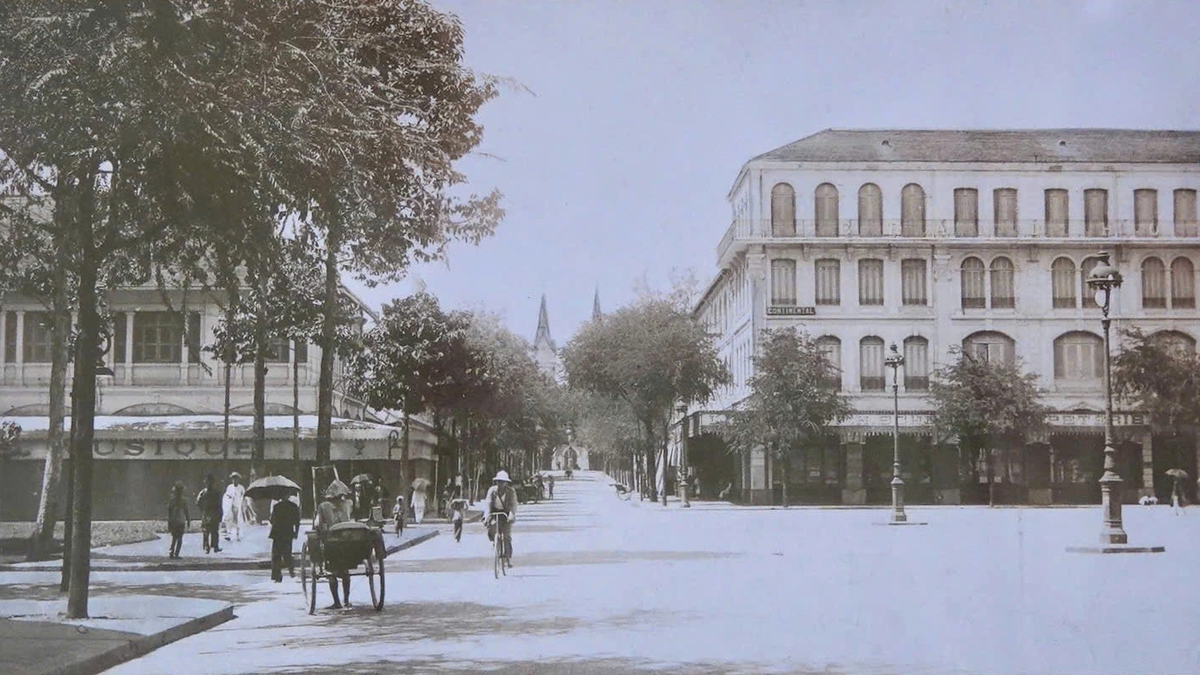

![[Photo] Solemn opening of the 10th Session, 15th National Assembly](https://vphoto.vietnam.vn/thumb/1200x675/vietnam/resource/IMAGE/2025/10/20/1760937111622_ndo_br_1-202-jpg.webp)
![[Photo] Chairman of the Hungarian Parliament visits President Ho Chi Minh's Mausoleum](https://vphoto.vietnam.vn/thumb/1200x675/vietnam/resource/IMAGE/2025/10/20/1760941009023_ndo_br_hungary-jpg.webp)




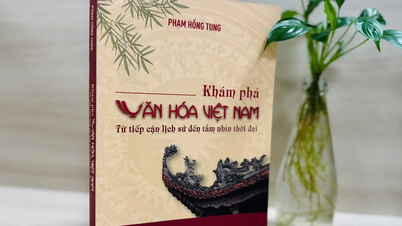








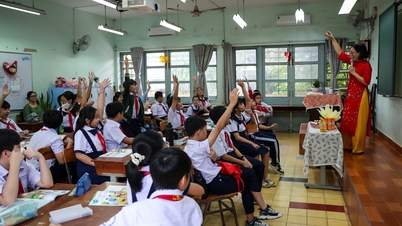









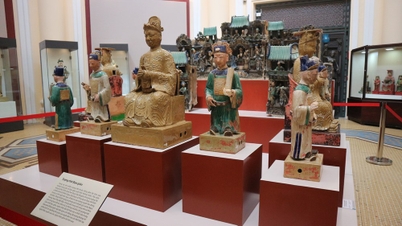
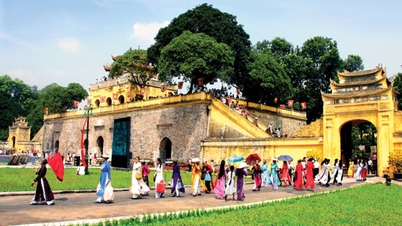

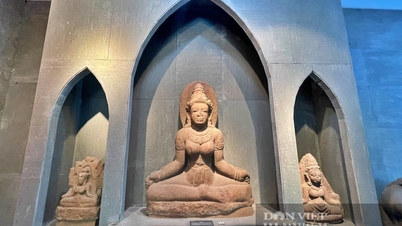

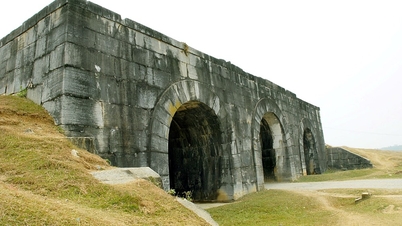
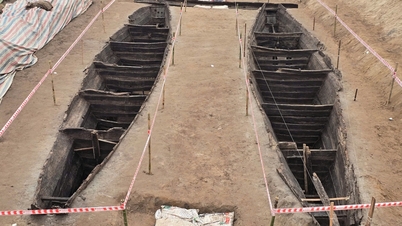
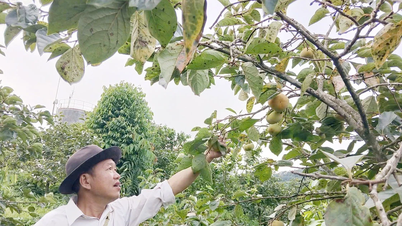





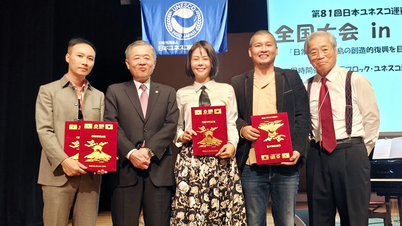


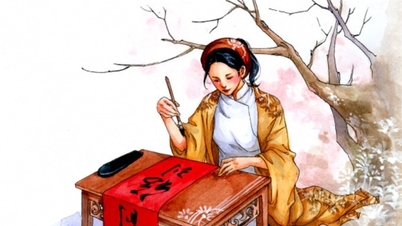




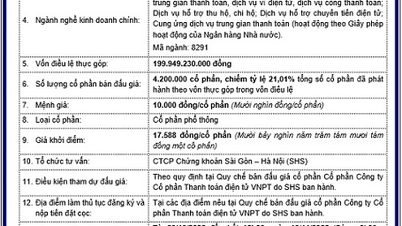











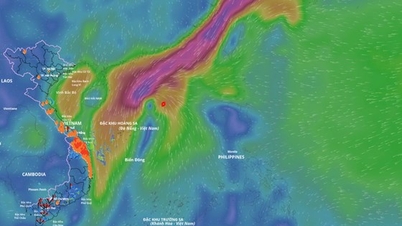




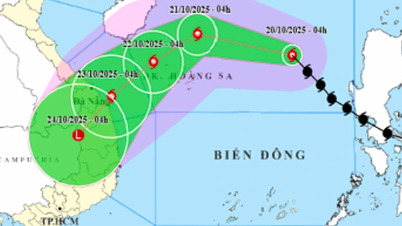





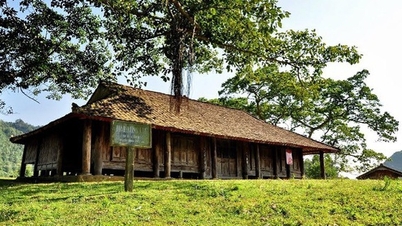

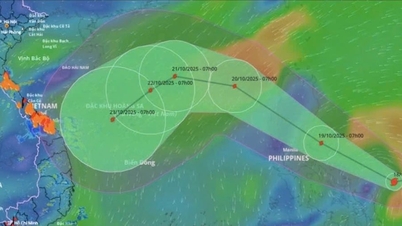




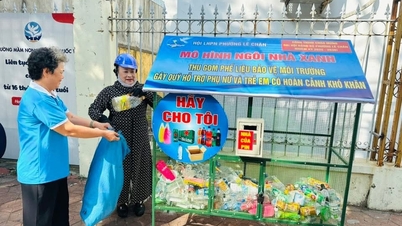

















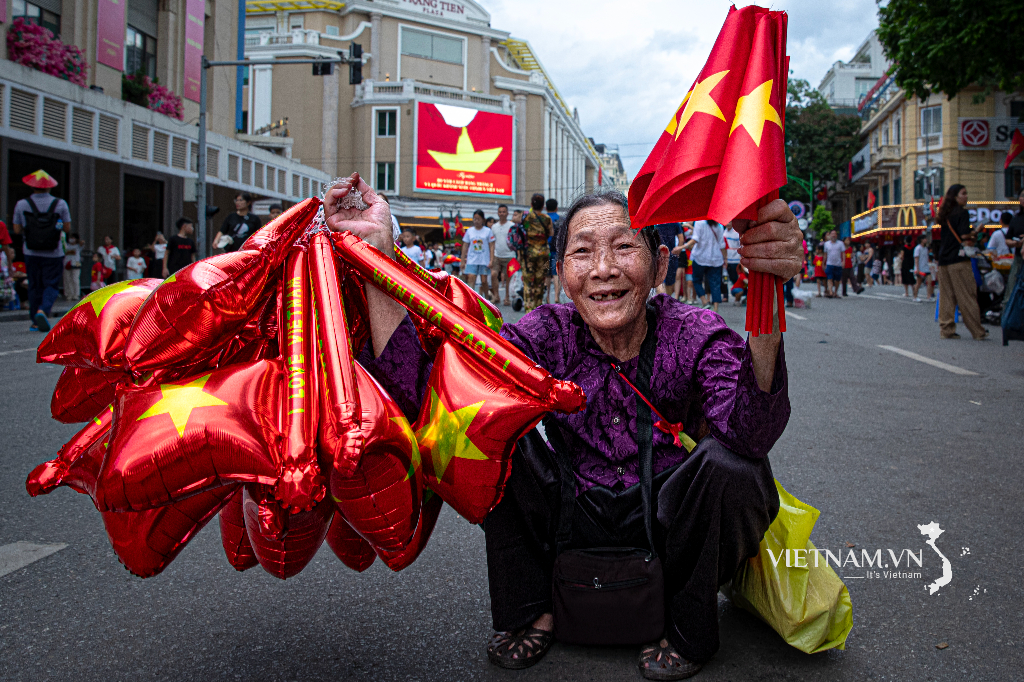
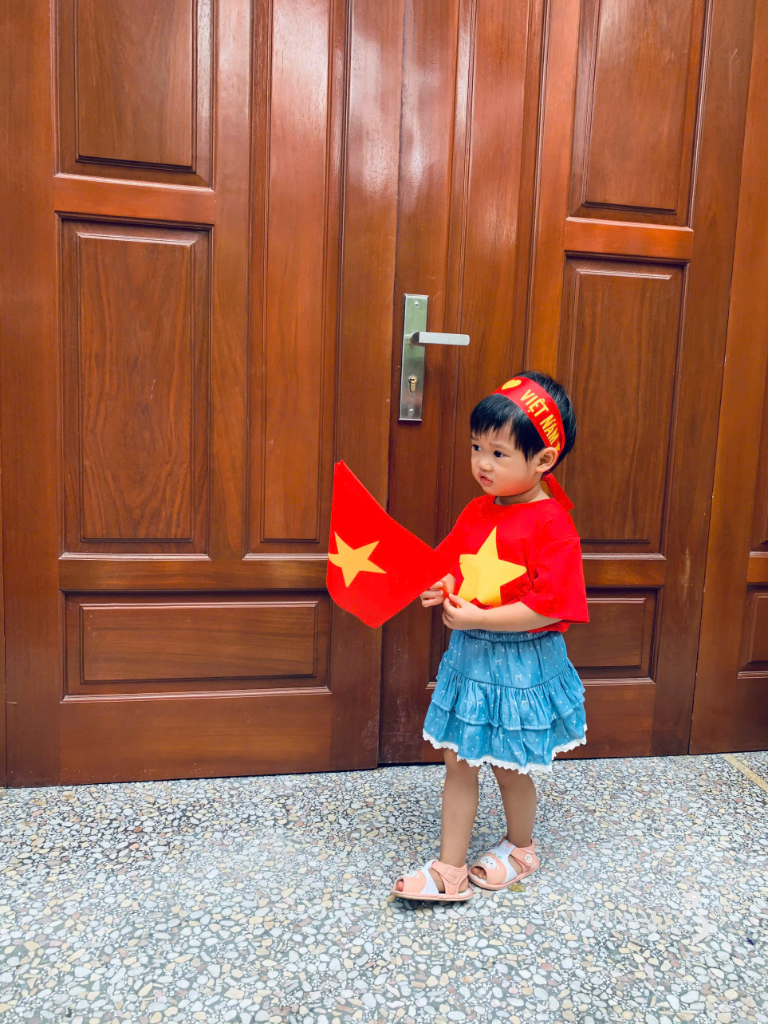
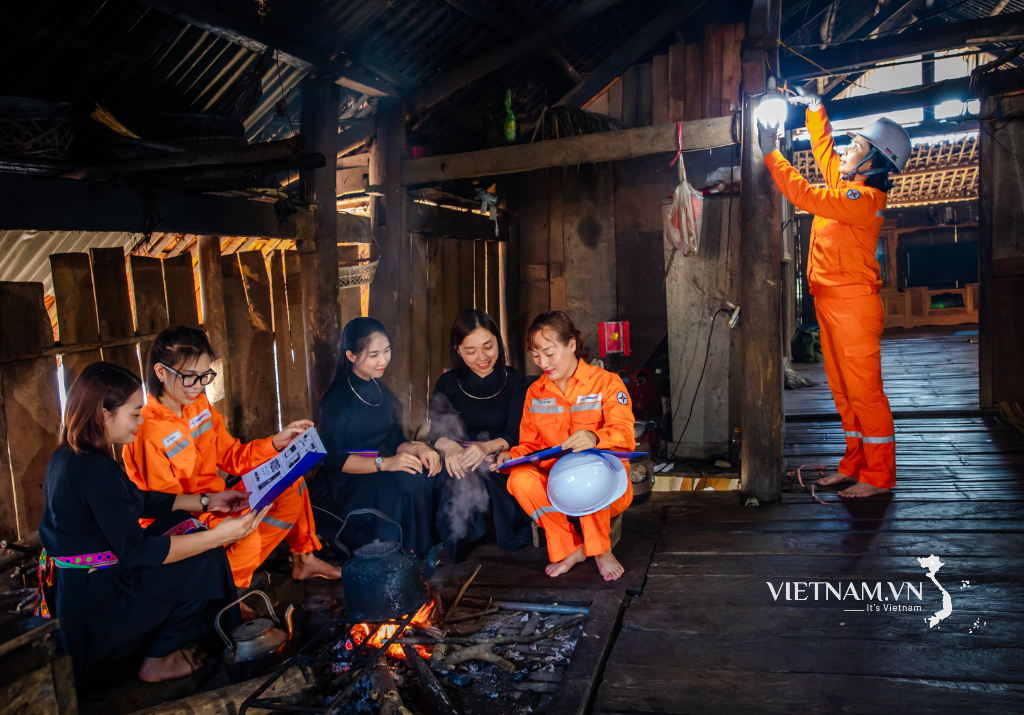
Comment (0)